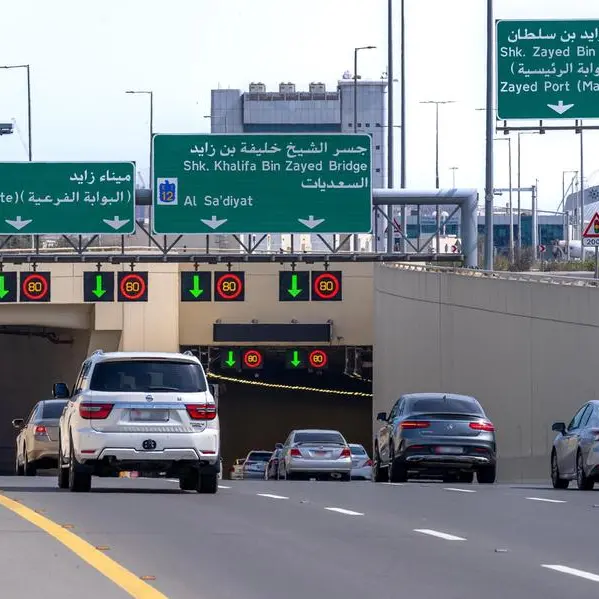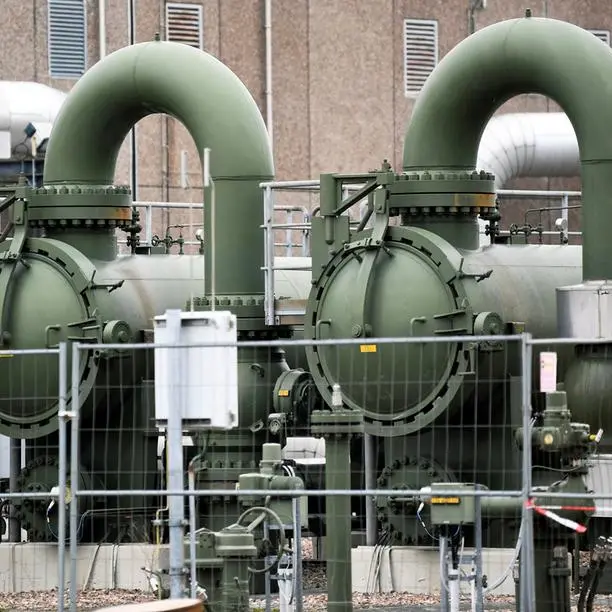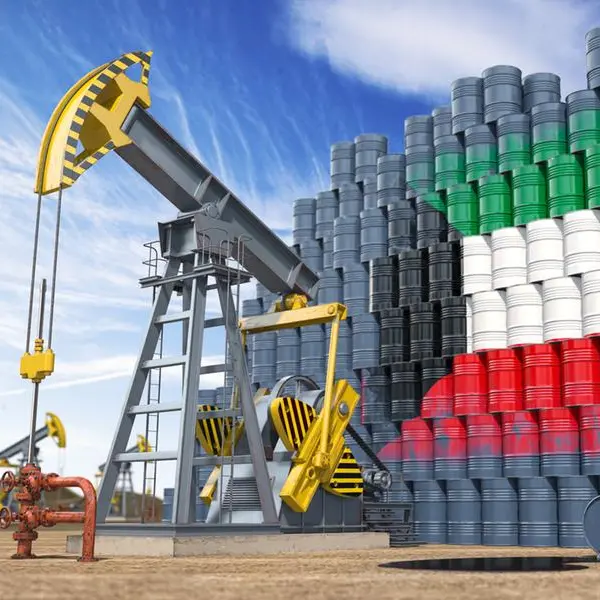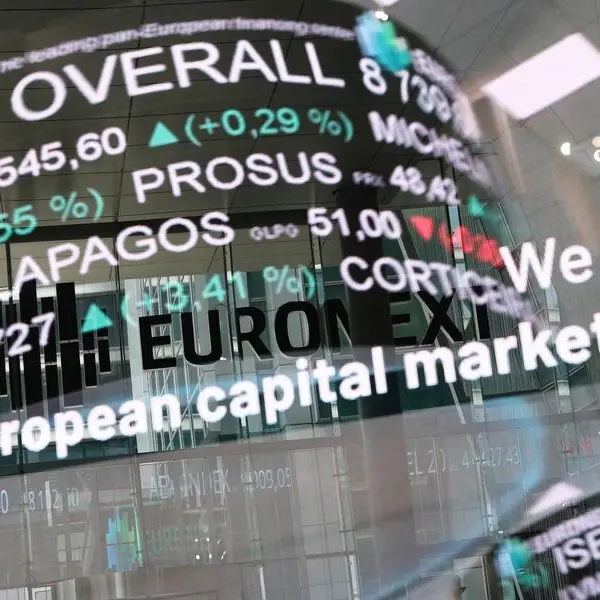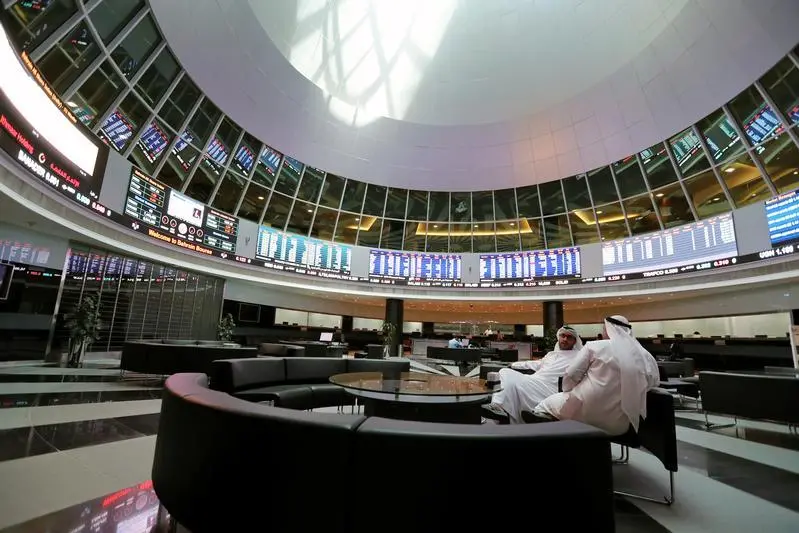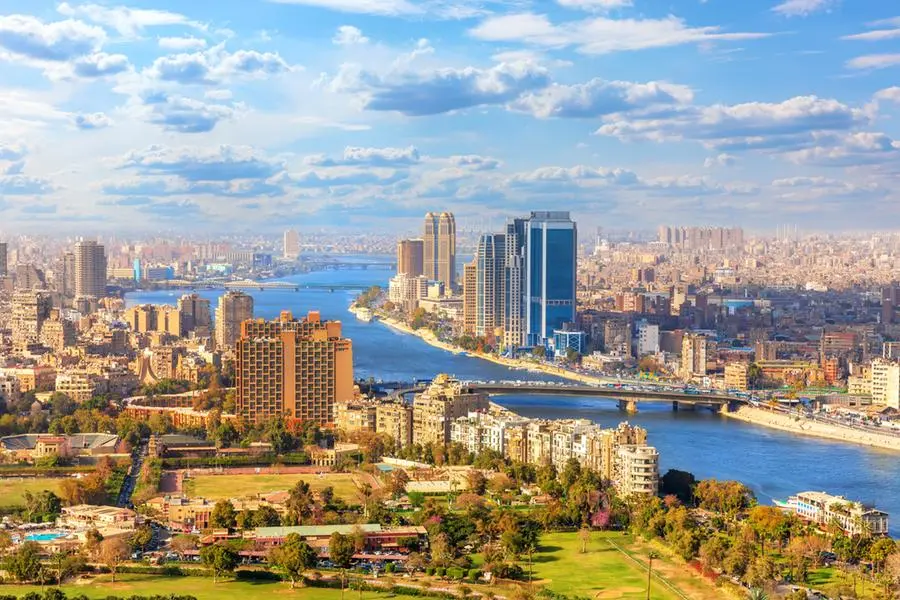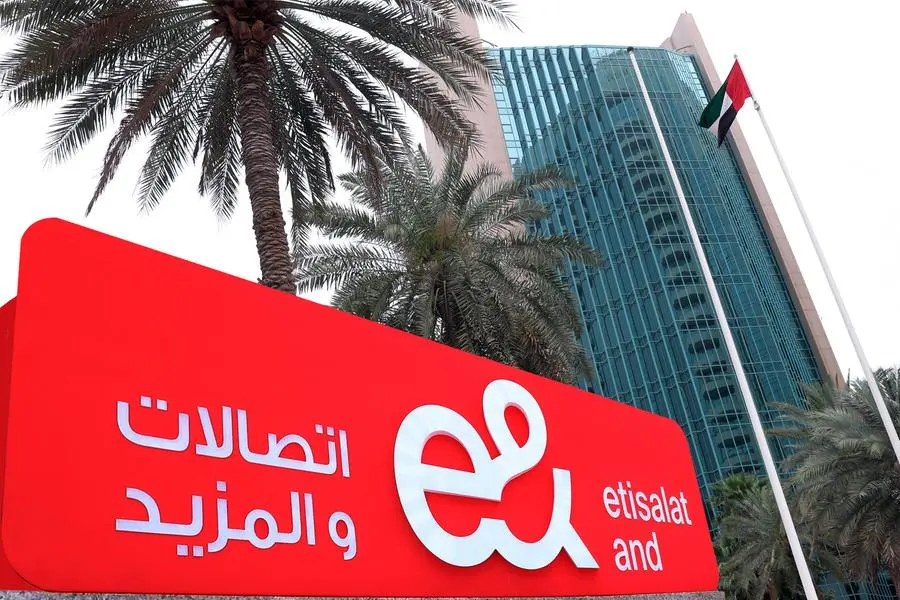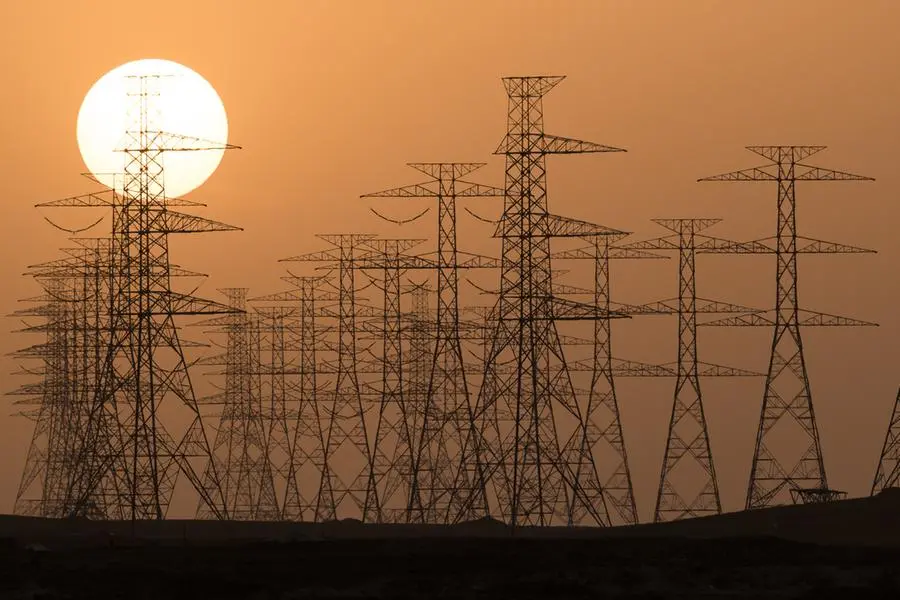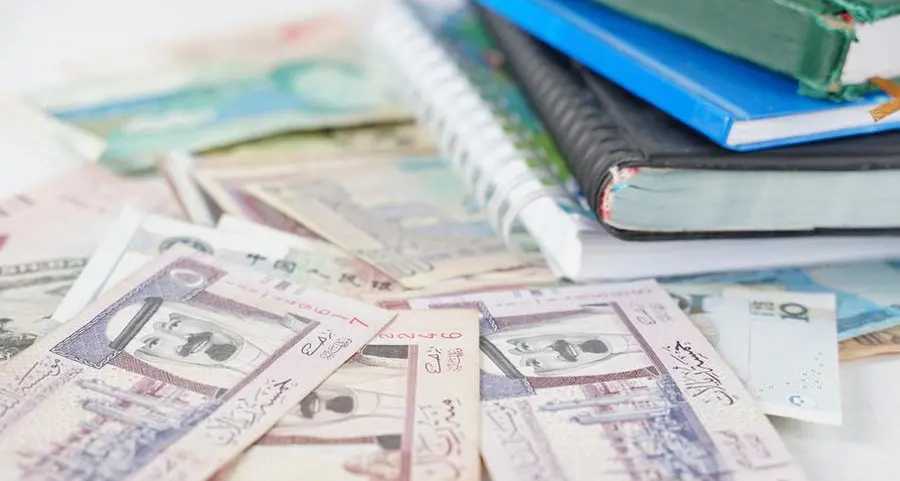18 June 2012
Saudi Arabia and the UAE's breakeven oil prices have fallen for the first time in the past few years, according to Deutsche Bank's calculations.
This is great news for these two key Gulf producers who remain worried on two key counts: (1) over the past few years they have needed high oil prices to balance their books and; (2) the high price of oil makes offshore, Arctic and oilsands projects economically feasible for their crude rivals Venezuela, Russia and Canada.
"The average breakeven price in GCC countries will edge down to about USD 80 barrels this year, the first drop since 2003," wrote Deutsche Bank's Robert Burgess in a note to clients.
"The improvement in breakevens is limited to Saudi Arabia and UAE, however, where some of the large one-off increases in spending that pushed up breakevens last year are set to be unwound this year. Elsewhere in the GCC, increases in recurrent spending, partly in response to the Arab Spring, will see breakeven prices continue to edge upwards."
Saudi Arabia's breakeven price has fallen from USD82.2 to USD78.4, while the UAE's is more pronounced from USD99.1 to USD90, as fiscal pressures ease in both countries.
The lower breakeven prices give Saudi Arabia some leeway in pushing prices down and wrestle the emerging Iran-Iraq bloc within Opec. While anecdotal evidence suggests Iraq's breakeven oil price is low, Iran traditionally favours much higher prices to balance its budget.
A lower breakeven price also strengthens Saudi Arabia's hand arsenal especially as it goes through a testy period after the death of Saudi Crown Prince Nayef bin Abdul Aziz.
BAHRAIN'S BREAKEVEN OIL PRICE RISING
However, there will be no respite for Bahrain, the Gulf bloc's smallest oil producer, which will see its breakeven price rise to USD127.2 per barrel as its economy suffers due to the political fallout in the country.
"Bahrain's position remains the most challenging in the region: oil and gas production is more or less flat, spending pressures remain high, and growth in the non-oil economy (and hence non-oil tax revenues) will remain weak... Bahrain also lacks the large backstops of oil savings that other GCC countries have, which could smooth the adjustment process."
Qatar's breakeven price will also jump to USD77.9 this year from USD70.6, but it is hardly a reason for worry given its stable natural gas revenues and a cushion of reserves.
And unlike Bahrain which needs high oil prices to fix short-term problems, Qatar is building for the future, as it plans infrastructure projects and prepare for the FIFA World Cup 2022.
However, last year's wage increases of 50-120% for civilian and military employees will continue to push up spending, Deutsche Bank notes.
Meanwhile, Kuwait can be forgiven its complacency as it has the lowest breakeven price in the Gulf, at USD54.90, but that could also mean the country is not moving fast enough to launch new infrastructure projects that could make demands on its budget.

EDGE OVER RIVALS
The downward revision to breakeven prices gives Gulf States a huge competitive advantage over rivals. Russia, which jostles with Saudi Arabia for the title of the world's largest producer, will see its breakeven prices climb to USD115.9 from USD102.8, as Russian President Vladimir Putin spends his way out of public dissent.
"Public spending [in Russia] is set to rise by 10% in real terms this year reflecting the cost of fulfilling pre-electoral promises in the social sphere, conducting post-electoral structural reforms, and financing infrastructure spending for this year's APEC Summit and the 2014 Winter Olympics," said the German bank.
FALLING CRUDE
The lower breakeven prices for Saudi Arabia and the UAE comes just as oil prices appear to be falling after they had remained firmly in triple-digit figures for more than a year. Most analysts now expect crude prices to fall on easing Asian demand, coupled with a crisis in EU and a slowdown in the U.S. economy.
Deutsche Bank expects Brent to average USD117 per barrel this year and USD120 per barrel next year. But the balance of risks to this forecast has changed in recent months.
"A couple of months ago the focus was on geopolitical issues, including the potential impact of sanctions on Iran and concerns about the possible closing of the Straits of Hormuz. In the last month or so, however, concerns about the intensification of the euro crisis and faltering global growth have pushed the spot price of Brent below USD100."
UK-based Capital Economics, which often takes a more bearish stance than other investment banks, believes crude prices may well average USD85 in 2012.
"As it happens, we started this year with an end-2012 forecast of $85 for Brent, only to nudge this up to $95 in the light of the strength in the first quarter. But our forecasts have remained at the bottom of the analyst range," said Julian Jessop Chief Global Economist at CE.
While current output has risen close to capacity, the global market's tightness depends on the state of demand (which is fragile) and on stock levels (which are ample). What's more, the health of global financial markets is clearly important too.
"We are not expecting the fall-out from the break-up of the euro to be as bad as that which followed the collapse of Lehman Brothers, provided the core holds together," noted Mr. Jessop. "But it is worth remembering that the spot price of Brent fell below USD40 in early 2009."
While most of the major producers have built substantial reserves to sustain USD40 prices for a few months, a sustained period at that level will no doubt send alarm bells ringing across the oil producing world - Saudi Arabia and the UAE included.
Saudi Arabia and the UAE's breakeven oil prices have fallen for the first time in the past few years, according to Deutsche Bank's calculations.
This is great news for these two key Gulf producers who remain worried on two key counts: (1) over the past few years they have needed high oil prices to balance their books and; (2) the high price of oil makes offshore, Arctic and oilsands projects economically feasible for their crude rivals Venezuela, Russia and Canada.
"The average breakeven price in GCC countries will edge down to about USD 80 barrels this year, the first drop since 2003," wrote Deutsche Bank's Robert Burgess in a note to clients.
"The improvement in breakevens is limited to Saudi Arabia and UAE, however, where some of the large one-off increases in spending that pushed up breakevens last year are set to be unwound this year. Elsewhere in the GCC, increases in recurrent spending, partly in response to the Arab Spring, will see breakeven prices continue to edge upwards."
Saudi Arabia's breakeven price has fallen from USD82.2 to USD78.4, while the UAE's is more pronounced from USD99.1 to USD90, as fiscal pressures ease in both countries.
The lower breakeven prices give Saudi Arabia some leeway in pushing prices down and wrestle the emerging Iran-Iraq bloc within Opec. While anecdotal evidence suggests Iraq's breakeven oil price is low, Iran traditionally favours much higher prices to balance its budget.
A lower breakeven price also strengthens Saudi Arabia's hand arsenal especially as it goes through a testy period after the death of Saudi Crown Prince Nayef bin Abdul Aziz.
BAHRAIN'S BREAKEVEN OIL PRICE RISING
However, there will be no respite for Bahrain, the Gulf bloc's smallest oil producer, which will see its breakeven price rise to USD127.2 per barrel as its economy suffers due to the political fallout in the country.
"Bahrain's position remains the most challenging in the region: oil and gas production is more or less flat, spending pressures remain high, and growth in the non-oil economy (and hence non-oil tax revenues) will remain weak... Bahrain also lacks the large backstops of oil savings that other GCC countries have, which could smooth the adjustment process."
Qatar's breakeven price will also jump to USD77.9 this year from USD70.6, but it is hardly a reason for worry given its stable natural gas revenues and a cushion of reserves.
And unlike Bahrain which needs high oil prices to fix short-term problems, Qatar is building for the future, as it plans infrastructure projects and prepare for the FIFA World Cup 2022.
However, last year's wage increases of 50-120% for civilian and military employees will continue to push up spending, Deutsche Bank notes.
Meanwhile, Kuwait can be forgiven its complacency as it has the lowest breakeven price in the Gulf, at USD54.90, but that could also mean the country is not moving fast enough to launch new infrastructure projects that could make demands on its budget.

EDGE OVER RIVALS
The downward revision to breakeven prices gives Gulf States a huge competitive advantage over rivals. Russia, which jostles with Saudi Arabia for the title of the world's largest producer, will see its breakeven prices climb to USD115.9 from USD102.8, as Russian President Vladimir Putin spends his way out of public dissent.
"Public spending [in Russia] is set to rise by 10% in real terms this year reflecting the cost of fulfilling pre-electoral promises in the social sphere, conducting post-electoral structural reforms, and financing infrastructure spending for this year's APEC Summit and the 2014 Winter Olympics," said the German bank.
FALLING CRUDE
The lower breakeven prices for Saudi Arabia and the UAE comes just as oil prices appear to be falling after they had remained firmly in triple-digit figures for more than a year. Most analysts now expect crude prices to fall on easing Asian demand, coupled with a crisis in EU and a slowdown in the U.S. economy.
Deutsche Bank expects Brent to average USD117 per barrel this year and USD120 per barrel next year. But the balance of risks to this forecast has changed in recent months.
"A couple of months ago the focus was on geopolitical issues, including the potential impact of sanctions on Iran and concerns about the possible closing of the Straits of Hormuz. In the last month or so, however, concerns about the intensification of the euro crisis and faltering global growth have pushed the spot price of Brent below USD100."
UK-based Capital Economics, which often takes a more bearish stance than other investment banks, believes crude prices may well average USD85 in 2012.
"As it happens, we started this year with an end-2012 forecast of $85 for Brent, only to nudge this up to $95 in the light of the strength in the first quarter. But our forecasts have remained at the bottom of the analyst range," said Julian Jessop Chief Global Economist at CE.
While current output has risen close to capacity, the global market's tightness depends on the state of demand (which is fragile) and on stock levels (which are ample). What's more, the health of global financial markets is clearly important too.
"We are not expecting the fall-out from the break-up of the euro to be as bad as that which followed the collapse of Lehman Brothers, provided the core holds together," noted Mr. Jessop. "But it is worth remembering that the spot price of Brent fell below USD40 in early 2009."
While most of the major producers have built substantial reserves to sustain USD40 prices for a few months, a sustained period at that level will no doubt send alarm bells ringing across the oil producing world - Saudi Arabia and the UAE included.
© alifarabia.com 2012
